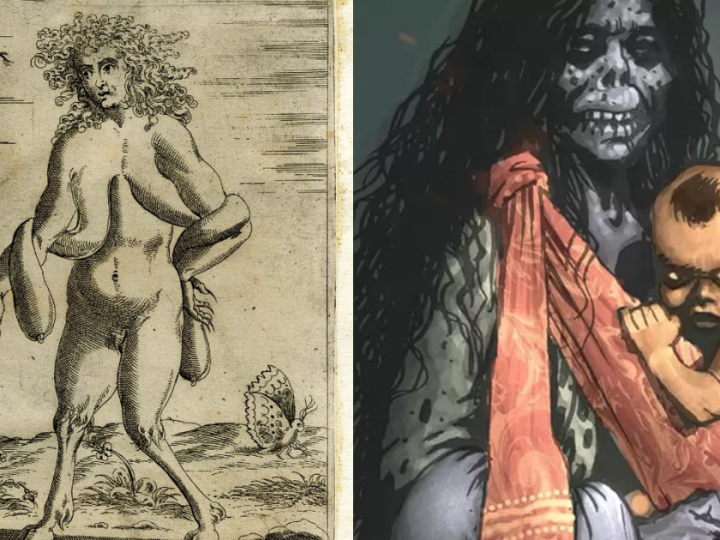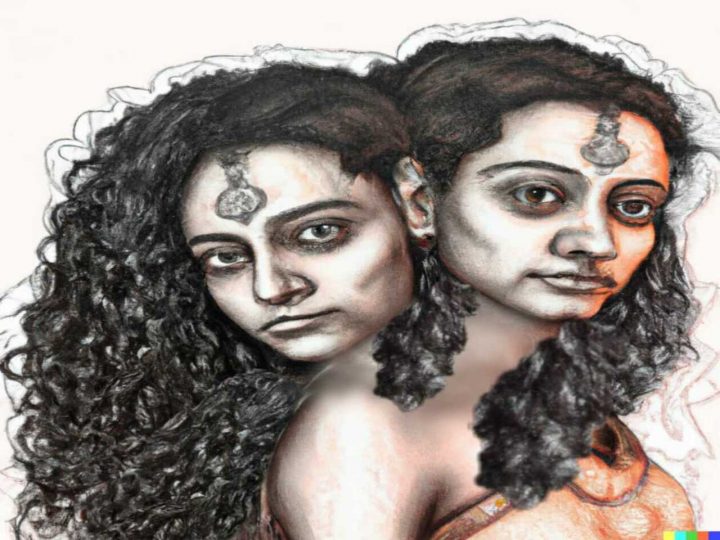Crime’s Chameleon: A Slippery Journey Into The Mystique Of Orang Minyak
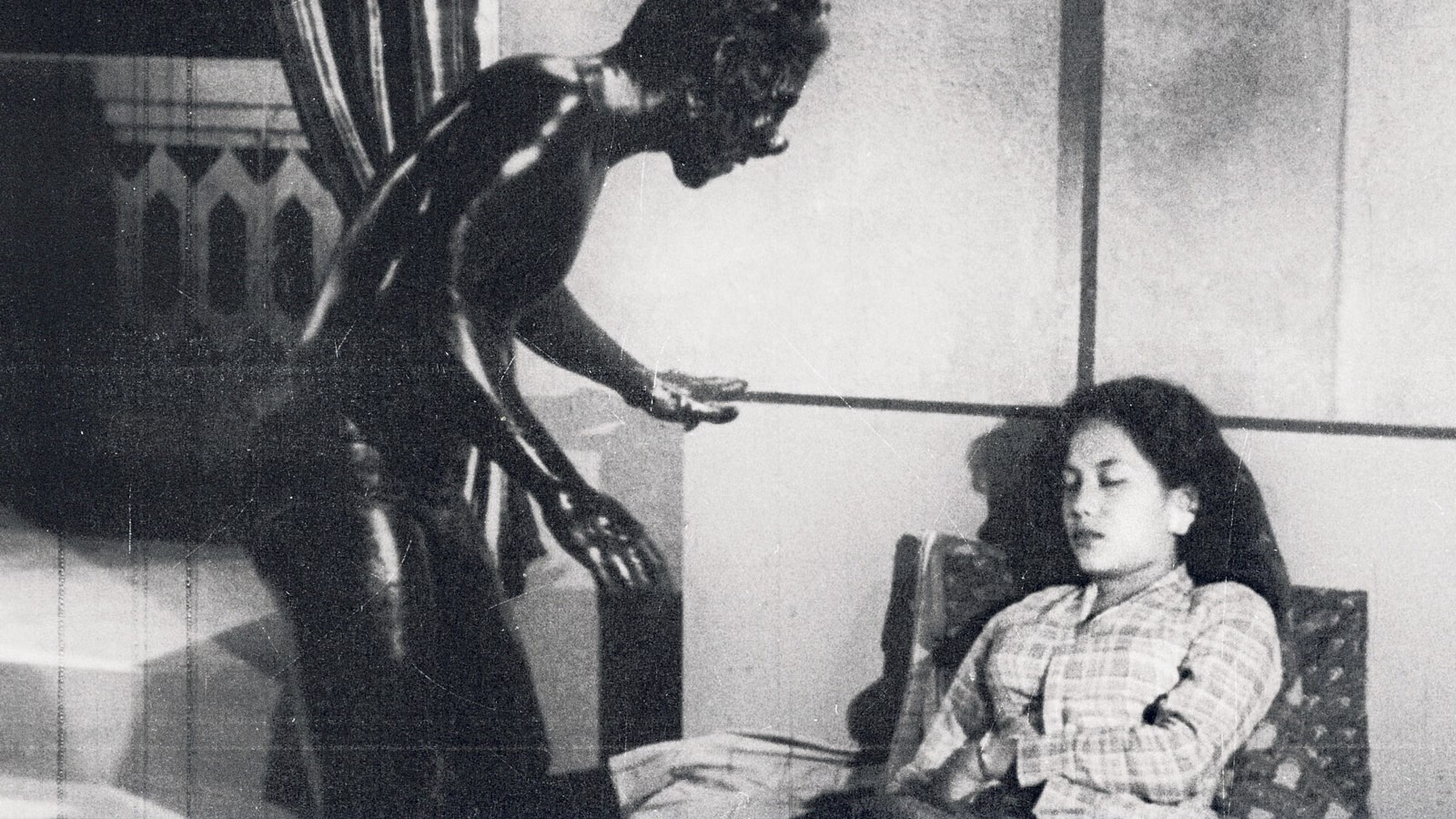 Thirsty for JUICE content? Quench your cravings on our Instagram, TikTok and WhatsApp
Thirsty for JUICE content? Quench your cravings on our Instagram, TikTok and WhatsApp
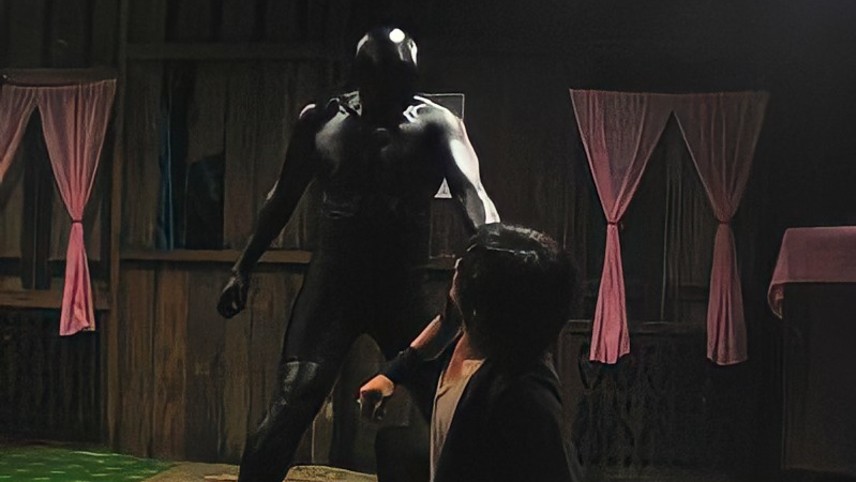
In the shadowy realms of Malaysian folklore, the Orang Minyak looms as a spectral figure, drenched in myth and terror. This oily enigma, draped in a viscous coating akin to grease, is said to emerge from the depths of cultural narratives to haunt the night, abducting young women and leaving behind marks of fear and fascination.
This article traverses the labyrinthine origins of the Orang Minyak, its cinematic depictions, spine-chilling local encounters, and the intricate racial connotations that imbue this mythical creature with a complex and haunting resonance.
The Shifting Persona
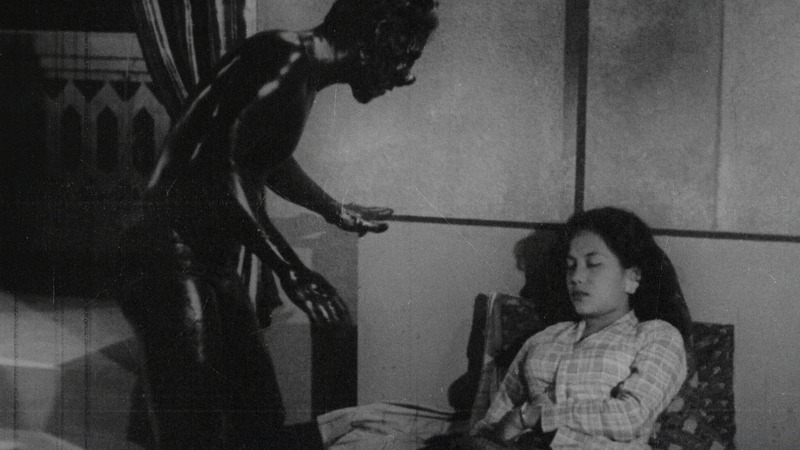
Deeply entrenched in Malay legend, the creature materialises as a malevolent force armed with supernatural abilities. Its coating, initially described as hair oil, metamorphosed over time into a concoction of coconut oil and soot. This is the slick shroud that renders the creature adept at climbing walls and evading capture, as well as cloaking its nocturnal activities.
In certain renditions, the Orang Minyak takes on the ominous role of a rapist fixated on virgins, a narrative that gained prominence in the 1950s. This was when P. Ramlee, a luminary in Malaysian cinema, etched the Orang Minyak into the cultural consciousness with his 1958 film, Sumpah Orang Minyak (The Curse of the Oily Man), in which a man driven by a Faustian pact with the devil is compelled to embark on a sinister quest involving the rape of virgins.
To tell you the specifics, this man had dabbled in black magic in an attempt to win back his lover and gain supernatural abilities. But the Devil required the man to worship him and rape 21 virgins within a week before bringing his wishes to fruition. He was turned into the Orang Minyak to ease his elusive escapades, but was tricked and trapped in the form of the oily creature for the rest of his days.
Skeptics and Sightings

However, skepticism interjects into the belief, as science writer Benjamin Radford dismisses the creature’s purported abilities as “implausible”. Needless to say, a substantial amount of people, including researchers and citizens also cast doubt on the practicality of the described oily coating, but amidst the skeptics dismissing the Orang Minyak as mere folklore, sporadic reports of sightings continue to send shivers down the spines of locals.
In 2012, the residents of Kampung Laksamana in Gombak claimed to have glimpsed and heard the creature lurking near Pangsapuri Laksamana and Jalan Laksamana, prompting them to stand in defence of the young women residing in the area.
Years prior, local newspapers also released “sensationalised reports” of a knife-wielding rapist, covered in oil and purportedly imitating the Orang Minyak.
Other locals have taken to social media to share their alleged encounters with the creature, such as this chilling account penned by Elaine Khor. Stationed at a hostel in Melaka, Elaine and her colleagues found themselves entangled in a web of inexplicable thefts and the bizarre appearance of a “black hand” through an open window, only to eventually spot a greasy, black figure that vanished as swiftly as it appeared.

In September 2011, residents in Taman Pinggiran, Gombak also captured a man posing as the Orang Minyak, who was believed to be a black magic practitioner. According to New Straits Times, a similar police report was made in 2018.
Additionally, a Reddit user claimed under this thread that there was a case that took place near his kampung in the ’80s whereby a man, covered in dark oil, had committed a burglary and successfully escaped despite being cornered by kampung folks. This was partly due to his lubricated body, and also because the residents did not want to touch him in fear of repercussions related to black magic.
Historically, the creature has been blamed for multiple rapes, with superstitious Malay female students resorting to wearing sweaty clothing to ward off the supposed menace. These cases are disturbing manifestations that seem to blur the line between myth and actual criminal activity, especially with reports of criminals mimicking the Orang Minyak’s appearance surfacing from time to time.
Myth, Modernisation, and Societal Attitudes

Delving into the negative connotations associated with the Orang Minyak legend unveils a complex interplay of myth and societal attitudes. Singaporean writer Yogesh Tulsi posits that the creature serves as a lament for traditional ways of life disrupted by what he terms “horrific petromodernity.”
In other words, he believes that the Orang Minyak symbolises the significant influences of modernisation, particularly the reliance on petroleum-based industries. This could include environmental concerns, changes in cultural practices, or the loss of traditional values in the face of industrialisation.
The creature, in this context, serves as a representation of the perceived drawbacks or horrors associated with the modernisation heavily reliant on petroleum-related industries.
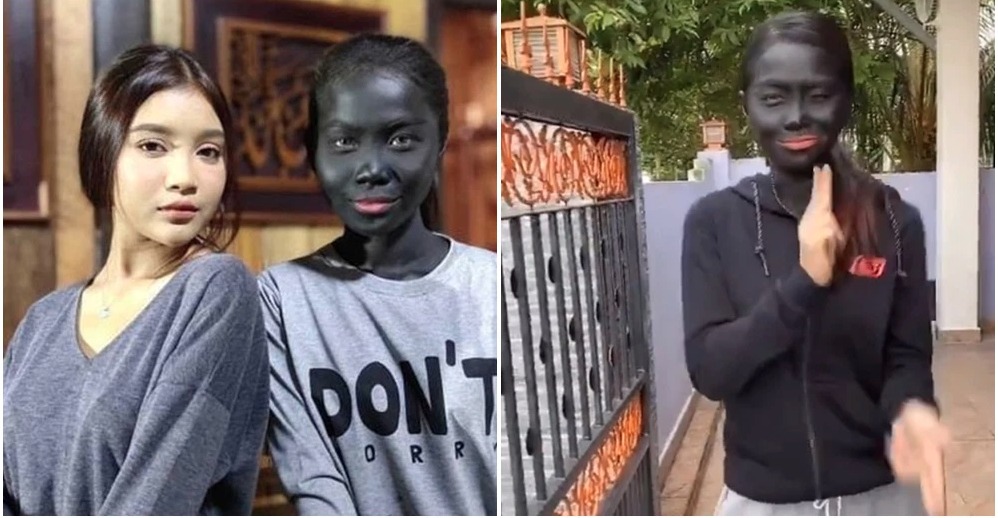
Apart from that, the legend also indirectly perpetuates societal attitudes by associating a dark complexion or appearance with notions of crime and horror. An intriguing aspect arises with the question of how the ‘curse’ transforms the individual into the Orang Minyak, embodying the conventional idea of ‘ugliness’. The application of dark oil in this transformation brings to light ethical concerns regarding the depiction of the Orang Minyak in film, urging filmmakers to figure out how they can navigate the portrayal without resorting to blackface or reinforcing racist norms.
This echoes a parallel dilemma seen in the Dayang Senandung curse, where the cursed person undergoes a change in skin colour, turning black before regaining a fair complexion once the curse is lifted. The character’s blackened skin also becomes the catalyst for societal displacement, leading to her loss of status as a princess and subsequent exile.

While some argue that such narratives perpetuate negative attitudes towards dark-skinned individuals, counterarguments suggest that cultural pieces, including folklore, should not be concealed or erased to conform to contemporary social beliefs.
Moreover, both legends carry positive messages within their narratives – the Orang Minyak serving as a cautionary figure against jealousy and greed, and Dayang Senandung advocating for acceptance of individuals for who they are.
However, a complex layer emerges when considering whether these stories inadvertently contribute to racial discrimination or stem from a deeper bias related to social class distinctions, such as the belief that those who work on the fields are considered lower class and impoverished compared to the affluent individuals who stay indoors.
Malevolent Specter or Crafty Criminal

However, the case of the Orang Minyak introduces a challenging dichotomy. On one side, the belief sustains the perception of “Blackness” as undesirable, unnatural, and unloved, aligning with global and domestic societies that sometimes view dark skin as threatening.
Conversely, another perspective considers the possibility that the Orang Minyak is a real entity, and the descriptions of its appearance are simply reflective of eyewitness accounts.
Whether believers attribute the Orang Minyak to supernatural origins or consider reported sightings as criminals masquerading with its ominous mask, the haunting truth persists. Hidden behind nocturnal violations and potential thefts are malevolent entities or perpetrators skillfully evading justice under the guise of the Orang Minyak – or perhaps both.
The preceding text delves into folklore and cultural narratives surrounding the Orang Minyak, presenting interpretations that are purely speculative and rooted in storytelling traditions.
Discussions about crimes are framed within the context of folklore and should not be misconstrued as factual representations. Respect for the cultural nuances and sensitivities surrounding these legends is advised, and any real-world criminal activities should be addressed through legal channels.


 Get Audio+
Get Audio+ Hot FM
Hot FM Kool 101
Kool 101 Eight FM
Eight FM Fly FM
Fly FM Molek FM
Molek FM